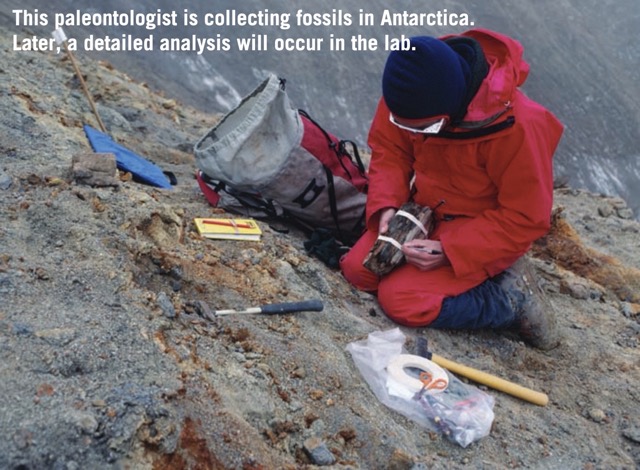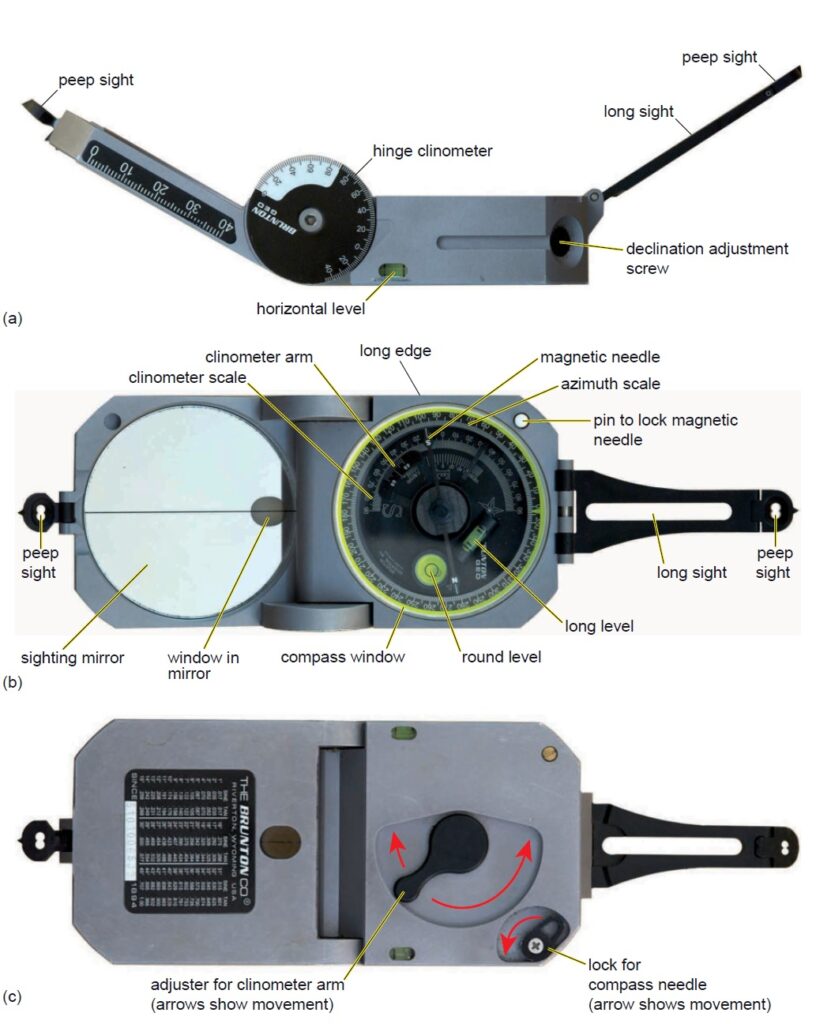[[!redirects fieldwork]] _While **field study** and **field research** are distinct terms, they are often used interchangeably in academic contexts, with their specific differences depending on the discipline. In social sciences, for example, “field research” typically involves actively gathering data through methods like interviews, experiments, or questionnaires, whereas “field study” focuses more on observing and documenting phenomena in natural settings._ ## Introduction of Geology field study Geology field study, also referred to as **[[fieldwork]]**. In [[Geology]], a Geology field study generally refers to the process where geologists directly observe, record, and analyze geological features—such as rock outcrops, stratigraphic sequences, structural formations, or fossils — in natural environments. Through systematic mapping, specimen collection, and detailed documentation of these features, geologists reconstruct regional geological histories or develop evolutionary models, ultimately determining the geological history of an area.  ## Components of Field Studies - Geological instruments ### The first component #### Topographical maps The data collected during the field studies, are needed to be documented. The dataare plotted on a topographical map, pertaining to the area undertaken for the geological mapping exercise, The topographical maps, therefore constitute the starting point of the field studies. [2] One inch = one mile, four miles, eight miles, 16 miles, 32 miles. One inch = 330 feet, 660 feet, half a furlong, one furlong. One centimetre = one km.,2,5 km., 10 km. 25 km. One centimetre =100 metres, 200 metres, 500 metres - Size - Symbols and colors [Topographic Map Symbols - USGS Publications Warehouse](https://pubs.usgs.gov/gip/TopographicMapSymbols/topomapsymbols.pdf) #### Aerial photographs and the satellite imageries The aerial photographs are similar to the black-white photographs, as far as thetheir appearance is concerned. The land surface is photographed from an aeroplane. Depending upon the intensity of the sunlight being reflected, and or refracted by thesurface of the earth (rocks), the **tone of the print** (the aerial photograph) will vary.  The aerial photographs cover a vast terraine on them, unlike that contained in a topographical map. However, the petrographical and the structural features inferred from the aerial photographs, are required to be confirmed through the routine [field mapping technique](https://wiki.openstreetmap.org/wiki/Mapping_techniques).[2][3][4] ### The second component This is a heterogenous component, as it embraces magnetic instrument, lens, chemi.cals, and so on. Each one has an important role to play, in collecting data in thefield, and is therefore indispensable. In the following paragraphs a detailed accountof the said comnponents, has been presented. #### Clinometer compass This instrument plays a dual role. The first use of it is to take the bearings in the field, in order to locate oneself on the map, during the field work. The second use isto measure the **amount of dip**, the direction of dip, the trend of shears, and theother directional structural elements. A documentation prepared on a paper, with the marking of **north line**, and a **scale**, is technically described as a “Map". The _topographical sheets_, the _geological maps_, or any other similar map, therefore bear a north line, as well as a scale. The features like the “hills, the valleys, a temple on hill top, the streams, and so on", are shown exactly in a way, as they are found to exist with respect to each other on the ground. **_The geographical positions of the different objects are marked with respect to the NORTH LINE drawn on the map.The distance between the various objects, are monitored by the scale chosen for the map._**  How to Use Compass Clinometer[^fine] [5] https://en.wikipedia.org/wiki/Inclinometer #### Pocket lens #### Penknife #### HCI acid #### Sample bags #### Camera ## References [1] N.W. Gokhale, A Guide to Field Geology. CBS Publishers & Distributors, 2006. [2]The range of information is indicated by the title of a map produced in 1766: A Topographical Map of Hartfordshire from an Actual Survey in which is Express'd all the Roads, Lanes, Churches, Noblemen and Gentlemen's Seats, and every Thing remarkable in the County, by Andrew Dury and John Andrews, reprinted by Hertfordshire Publications in 1980. This showed the relief by using [[hachures]]. [3] https://wiki.openstreetmap.org/ [4] [Geologic mapping](https://wiki.aapg.org/Geologic_mapping) [5] How to Use Compass Clinometer | [Geology In](htpps://www.geologyin.com) ## Other Internet Resource - [Topographic Map](https://www.madehow.com/Volume-4/Topographic-Map.html) - [Open Street Map](https://wiki.openstreetmap.org/) [^fine]: For more information, see [Wikipedia](https://en.wikipedia.org/wiki/Inclinometer)